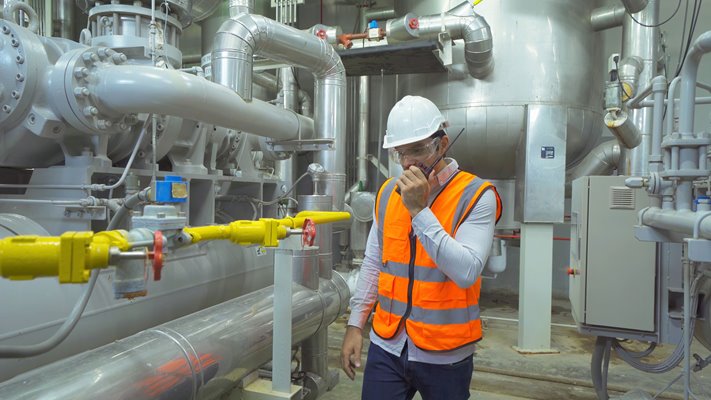Introduction to Flow-Induced Vibration
Dimensional analysis in fluid-structure interaction
- Theoretical and experimental approaches to Flow-Induced Vibration analysis
- Dimensional analysis and model scaling
- Application to motions of a tall building in wind
Natural Frequencies of Fluid and Structures
- Single degree of freedom
- Multi degree of freedom
- Natural frequencies of Beams, plates and shells
Forced Vibration
- One degree of freedom spring-mass systems
- Vibration of continuous structures:
- Beams, plates, and shells
- Damping and damper design
Fluid Forces on Structures
- Drag and added mass of structures in flow
- Pressure and shear drag, drag coefficients, forces on cylinder in a wake
- Added mass and coupling between structures in water and dense fluids
Vortices and Vortex Shedding from Stationary Structures
- Strouhal numbers and the vortex street
- Reynolds number effects
Vortex Shedding from Vibrating Structures
- Lock in and lift coefficients
- Feedback and the motion induced changes in vortex shedding
Prediction of Vortex-Induced Motion of Cylinder in a Flow
- Coupled response
- Application to stacks and offshore structures
Reduction of Vortex-Induced Vibration in Air and Water
- Design of strakes and dampers
Galloping and Flutter
- Lift and torsion on in inclined airfoils, and rectangular bodies
- Divergence in a steady wind
- Galloping an mixed mode phenomena
- Application to bridge decks and vanes
Heat Exchanger Tube Flow-Induced Vibration
- Tube and shell heat exchanger design and fluid dynamics
- Fluid Forces on clusters of tubes
- Onset of instability and tube wear
- Application to heat exchangers in chemical and nuclear power industry
Aeroacoustics: Sound Generation by Flow
- Free propagation
- Ray acoustics, SPL, and dB
- Traveling and stationary acoustic waves in ducts and cavities
- Heat exchanger acoustic resonance
- Flow excitation of cavities
Vibration Due to Internal Flow
- Sources of acoustic energy in ducts and piping systems
- Transmission of sound and turbulence
- Case histories of internal flow induced vibration
- Reduction of sound in piping
- Thermal-acoustic excitation and internal flow instability
Turbulence-Induced Vibration and Buffeting
- Application of random vibration theory to turbulence
- Calculation of spectra and structural response
- Models for turbulence in practical systems
- Application to process and power plants and in aerospace


